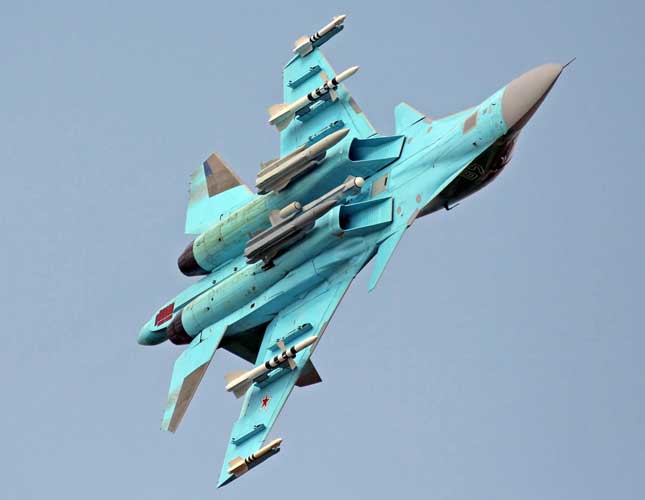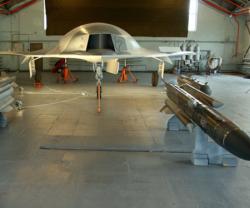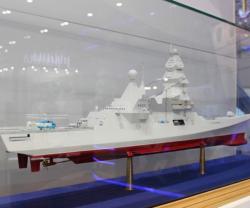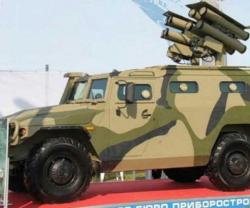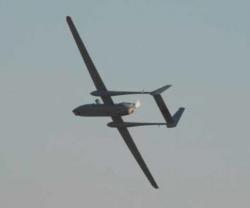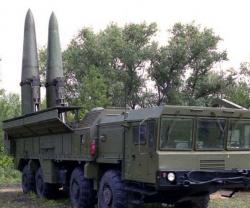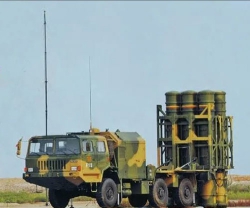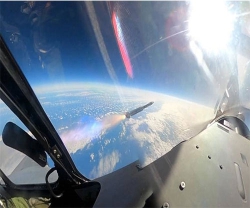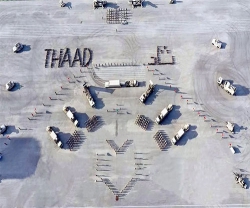The next few years will see the further modernization of the Su-34, a Russian strike fighter; the warplane will get new armament and electronic warfare systems, according to the Russian news network Zvezda.
The Russian Defense Ministry first announced plans to modernize the Sukhoi Su-34 multipurpose strike fighter, designated by NATO as Hellduck, in July 2016, Zvezda recalled.
Based on the Su-27 fighter, the Su-34 is a 4++ generation jet, which can accelerate to a maximum speed of 1,200 mph (1,931 km) and can fly 2,500 miles (4,023 km) without refueling.
“Our plan is, after some time, to upgrade this aircraft to extend its life and increase the number of aircraft weapons. The plane is very popular in our armed forces, and it has a good future,” Russian Deputy Defense Minister Yury Borisov said, referring to the Su-34.
During the Syrian campaign, the Su-34 made effective use of its onboard arsenal of a 30 mm cannon, air-to-air and air-to-surface missiles and KAB-500S laser-guided bombs, allowing it to destroy terrorist infrastructure facilities and command centers.
The Defense Ministry now wants to add to this from its impressive arsenal of anti-ship missiles, such as the modified Kh-35 missile and even plans to adapt the Su-34 to launch a new generation of so-called aeroballistic missiles.
Late last year, the Su-34 fighter was equipped with a Khibiny aircraft electronic countermeasures system, something that Zvezda said will help turn the Su-34 into an electronic warfare plane. The system was developed by the Radio-Electronic Technology Concern (KRET), Russia's largest radio-electronics holding company, founded in 2009.
Installed on the wingtips of Su-34s, the Khibiny system provides the jets with electronic warfare capabilities and enables them to carry out effective electronic countermeasures against radar systems, anti-aircraft missile systems and airborne early warning and control aircraft.
Additionally, the SU-34 is expected to be equipped with a modernized airborne radar with improved characteristics before the end of this year, according to Zvezda.
“Work on the project is facilitated by the fact that the Su-34's electronic warfare systems can be modified, in line with specific purposes and concrete tasks,” Zvezda said.
Right now, the aircraft has a multi-target, electronically passive scanned array forward radar, enabling it to “hunt” for enemy aircraft and equipment at a range of between 200-250 km. The plane is also equipped with rearward-facing radar, and can be equipped with M402 Pika side-looking radar. In addition, its L175V/KS418, Digital RF Memory-equipped jamming system allows it to be used as a battlefield jammer.
The selection and continuous monitoring of targets is achieved using airborne radar and the Platan’s electro-optical targeting system, mounted on the fuselage.
It is equipped with a laser target marker, which measures the distance to the target using laser telemetry. Plans to modernize the Platan system is also in the pipeline. KRET, which is upgrading the Su-34 electronic warfare plane, proceeded from the assumption that if necessary, any tactical aircraft can be upgraded to conduct electronic warfare, which is cheaper and which is very effective.

